Water for Life
What is a watershed?
A Watershed is defined as a geohydrological unit draining to a common point by a system of drains. All lands on earth are part of one watershed or other. Watershed is thus the land and water area, which contributes runoff to a common point. Water is essential for all life and is used in many different ways – for food production, drinking and domestic uses. It is also part of the larger ecosystem on which bio diversity depends.
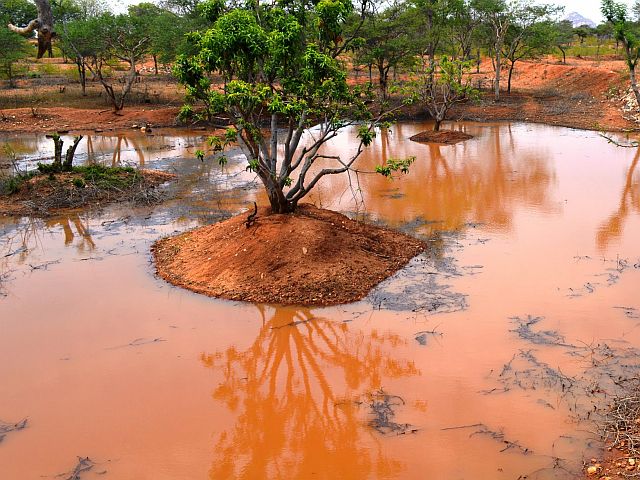
Water for Life Program
The changes in the environment directly affect the lives of the people depending on it. A degraded environment means a degraded quality of life of the people. Environmental degradation can be tackled effectively through the holistic development of the watershed. A watershed provides a natural geo- hydrological unit for planning any developmental initiative. This is exactly the reason we started our integrated watershed management program “Water for Life” in the rural areas of Karur district of Tamil Nadu in association with our NGO partners SEVAI & Gramium.
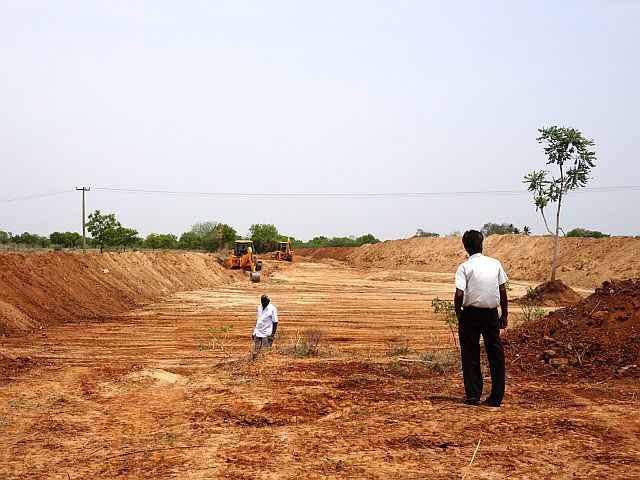
Karur District has been identified as a drought prone area on the basis of factors like high frequency of droughts and erratic distribution of rain fall resulting in soil and moisture stress, excessive evaporation, transpiration losses and crop losses. The increasing demand for food, fodder and fuel has resulted in over exploitation of land based resources. The program takes place in the Panchayats of Panchapatty, Potharavuthanpatty and Hiraniyamangalam.
The major problems identified in the project area are:
- Low and erratic rainfall. Loss of rain water through run off.
- Depletion of ground water. Poor maintenance of existing hydraulic structures.
- Drinking water hand pumps getting dried up.
- Scarcity of surface water for the cattle.
- Low top soil and high erosion.
- Low fertility
- Less vegetative cover and poor growth of plants
- Felling of trees for fuel wood
- Fodder scarcity
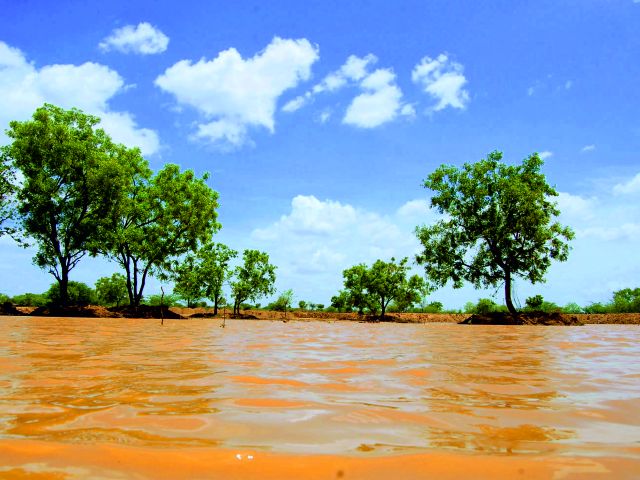
Objectives of "Water for Life"
Watershed development and management implies an integration of technologies within the natural boundary of a drainage area for optimum development of land, water and plant resources, to meet the people’s basic needs in a sustained manner.
This program aims at improving environment protection and livelihood of the rural community.
- To control damaging runoff and degradation and thereby conservation of soil and water.
- To manage and utilize the runoff water for useful purpose.
- To protect, conserve and improve the land of watershed for more efficient and sustained production.
- To protect and enhance the water resource originating in the watershed.
- To check soil erosion and to reduce the effect of sediment yield on the watershed.
- To rehabilitate the deteriorating lands.
- To moderate the floods peaks at down stream areas.
- To increase infiltration of rainwater.
- To improve and increase the production of timbers, fodder and wild life resource.
- To enhance the ground water recharge, wherever applicable.
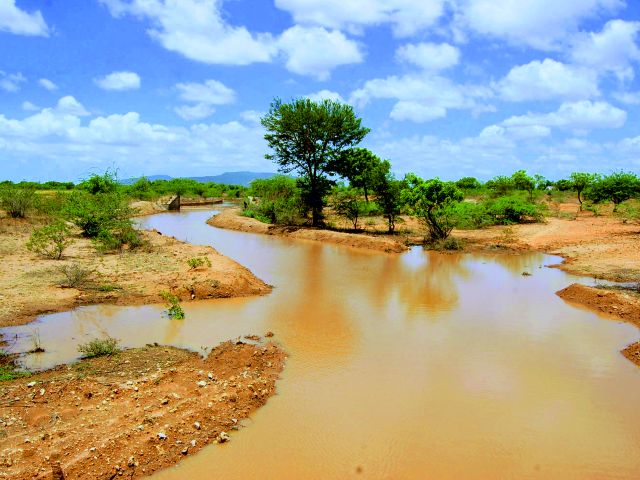
Social impact of the program
- Actualize the vast untapped growth potential of Indian agriculture
- Strengthened rural infrastructure to support faster agricultural development
- Promoted value addition, accelerate the growth of agro enterprises among self help groups
- Created numerous employment
- Secured a fair standard of living for all agriculturalists and SHGs
- Discouraged migration to urban areas
- Resource mobilization for sustainability such as soil, farm equipment, loans and packages of practice of different crops.
- Improvement of the quality soil. High yields and good produce can be achieved only when the right type of soil is used for a certain crop.
- Creation of new agriculturalists & individual entrepreneurs. Many small dairy farms for milk production.
- Popularization of new technologies/tools/techniques for commercialization/ adoption.
- Up gradation of skills by exchange of technical know-how.
- Development of agriculture and allied sectors by better farming practices and cropping patterns, judicious use of water by introducing drip irrigation system, yield enhancement etc. as a result the village where nearly three- fourth population was below poverty line, has become self sufficient and is surplus in food grains, today.
- Development of managerial skills and capability among people with low level of education, exposure and training.
- Enough scope for women for self development.
- An appreciable change in the attitude of the people with high degree of moral standards and ethics.
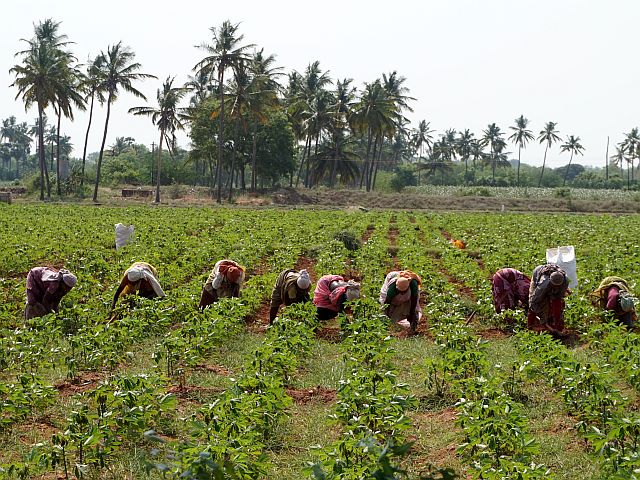
You too can participate in "Water for Life" program by donating a sum
Donate for this environmental friendly project. Your contribution will certainly make a difference.
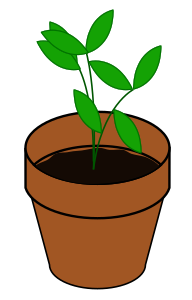
Plantation of assorted saplings in the dry rural areas of Karur and Trichy district in TN

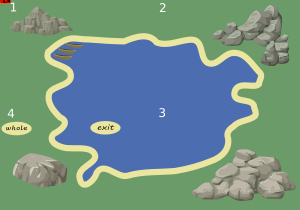
Cost involves renovation & rehabilitation of a medium type village tank